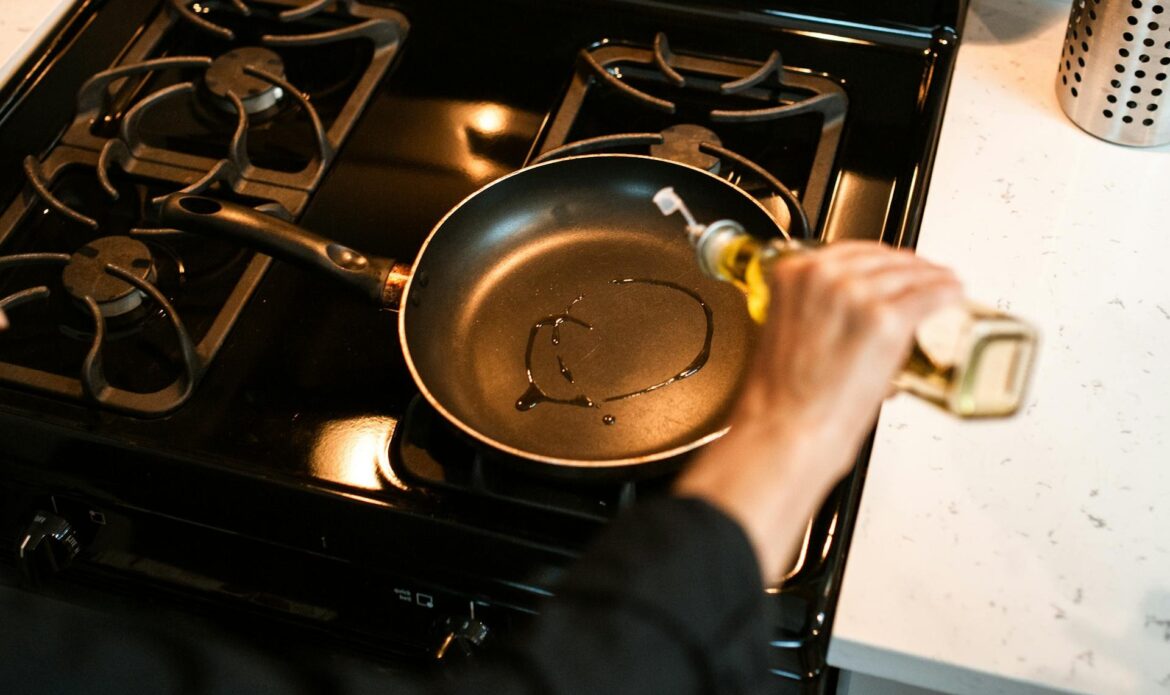In the United States, there has been a noticeable rise in cases of polymer fume fever, also known as “Teflon flu.” This surge has brought nonstick pans, a staple in many households, under scrutiny. Symptoms of polymer fume fever include chest tightness, coughing, difficulty breathing, and headaches.
Alarming Statistics
According to America’s Poison Centers, a nonprofit organization overseeing 55 US poison centers, there were 267 suspected cases of “Teflon flu,” one of the highest reported totals since 2000. Over the past two decades, there have been more than 3,600 reports of suspected cases.
Occupational and Household Exposure
While frying pans are not solely to blame, many cases involve occupational exposure. Teflon, a brand name for the synthetic chemical polytetrafluoroethylene (PTFE), is at the center of this issue. PTFE belongs to a class of substances known as PFAS (per- and polyfluoroalkyl substances), or “forever chemicals,” which persist in the environment for years.
The Danger of Overheating
US media reports indicate that polymer fume fever is caused by overheating nonstick pans coated with PTFE, releasing harmful fumes. Studies show nonstick cookware is safe if used correctly, but exposure to temperatures above 500 degrees Fahrenheit can cause the coating to deteriorate and emit hazardous gases.
Expert Insights
Dr. Darien Sutton, an emergency medicine physician, noted on ABC News’ “Good Morning America” that symptoms of polymer fume fever typically resolve within two to three days. However, the long-term effects remain unknown. Dr. Sutton emphasized that PFAS chemicals are linked to health issues like thyroid abnormalities, certain cancers (including kidney cancer), and infertility.
ICMR Guidelines on Nonstick Cookware
The Indian Council of Medical Research (ICMR), India’s apex biomedical research body, recently issued guidelines for using nonstick cookware, particularly those coated with Teflon. ICMR highlights the importance of proper usage and cleaning to avoid exposure to contaminants. Key recommendations include:
- Use low to medium heat
- Avoid preheating empty pans
- Use wooden or silicone utensils
- Replace worn-out pans
ICMR also suggests alternatives to nonstick cookware, such as stainless steel, cast iron, and ceramic.
Conclusion
As awareness grows about the potential risks associated with nonstick cookware, it’s crucial to follow safety guidelines and consider alternative options. By doing so, you can minimize the risk of exposure to harmful chemicals and protect your health.
Key Takeaways
- Rising cases of “Teflon flu” highlight the risks of nonstick cookware.
- Polymer fume fever symptoms include chest tightness, coughing, and headaches.
- 267 suspected cases were reported in 2023, a significant increase since 2000.
- PTFE-coated pans release harmful fumes when overheated.
- ICMR recommends safe usage practices and alternative cookware options.
Stay informed and take necessary precautions to ensure your kitchen remains a safe space.



